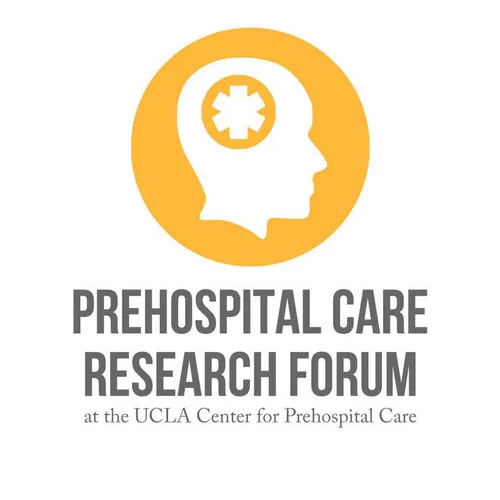
Prehospital Care Research Forum (PCRF) Journal Club
The UCLA Center for Prehospital Care established the Prehospital Care Research Forum (PCRF) at UCLA in 1992 in cooperation with JEMS Communications. The PCRF Journal Club is a bi-monthly online meeting that critically evaluates published research and its relevance to prehospital care. We aim to promote healthy and respectful discussions that challenge present and future prehospital care practices. Each session is facilitated by a panel of experts, PCRF board members, and associates.
- Update frequency
- every 11 days
- Average duration
- 61 minutes
- Episodes
- 72
- Years Active
- 2023 - 2025

Unlocking Potential: How Growth Mindset Emails Boost First-Generation College Student Success
Can one email from a professor improve students' exam scores? This isn't a story about an accidental email sent with the answer key attached. It is a story about a professor who, using a growth minds…
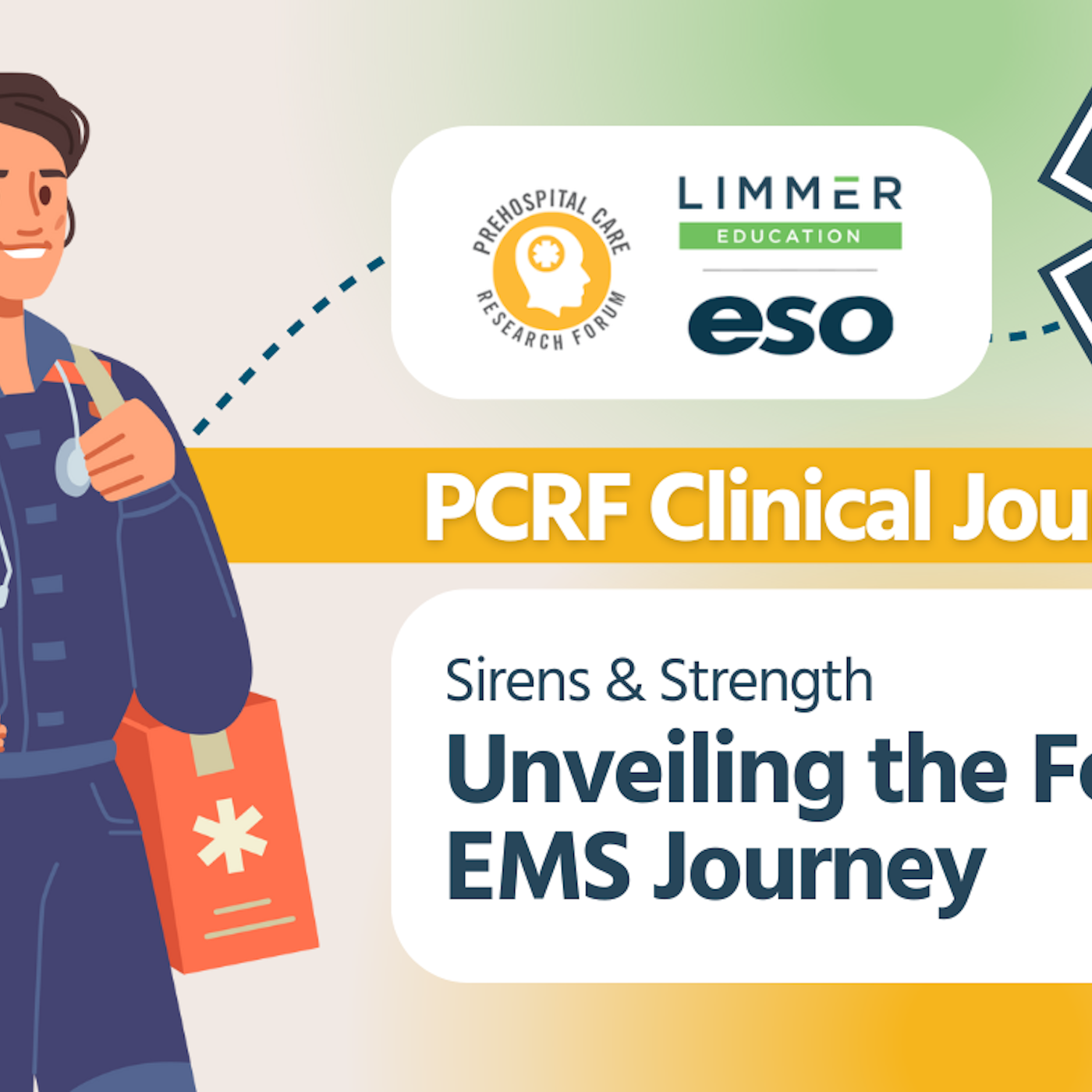
Sirens & Strength: Unveiling the Female EMS Journey (Aug 24)
Workforce shortages continue to pervade EMS. Despite the pandemic recovery and increased efforts at bringing more people into the field and keeping them there, fewer people are choosing to climb into…
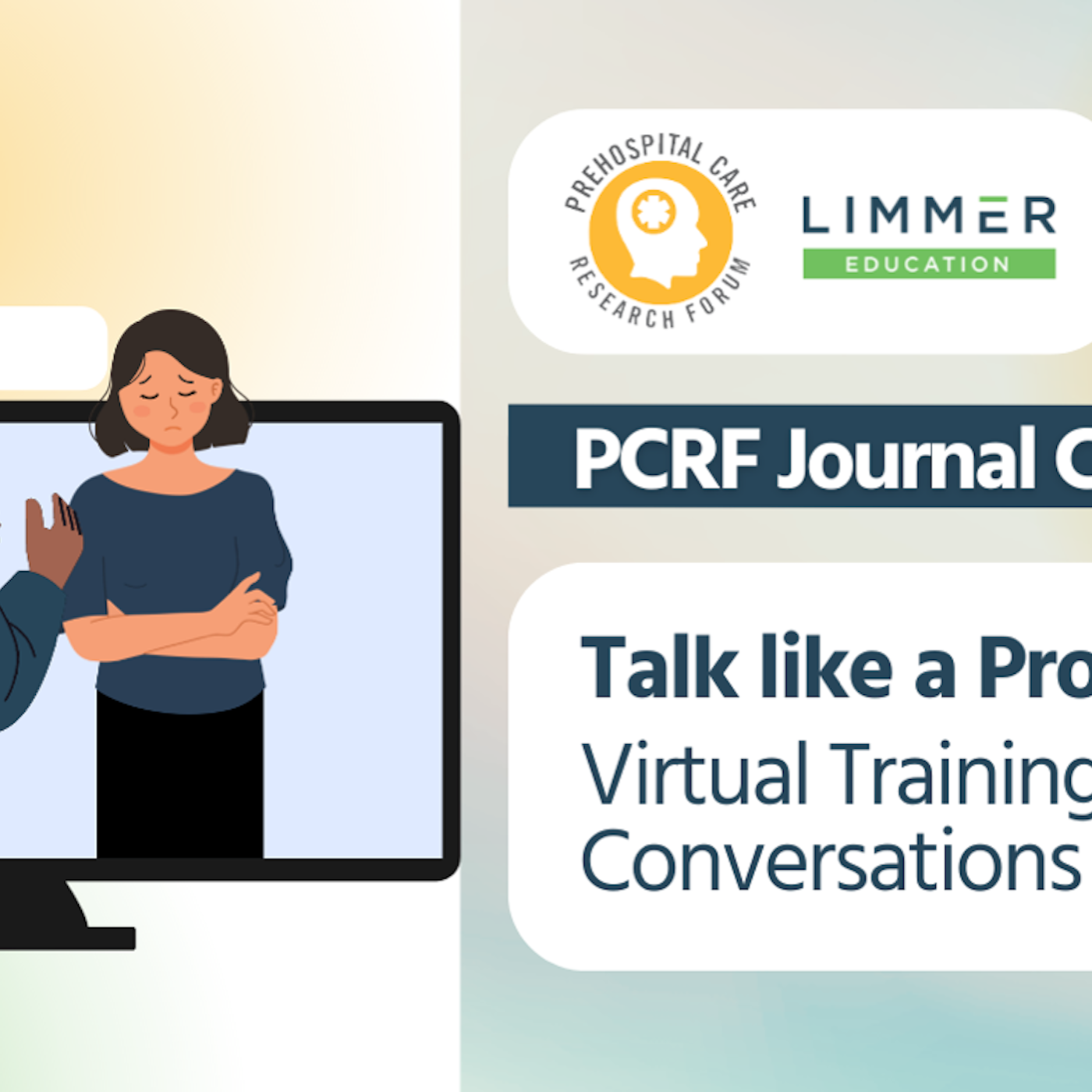
Talk like a Pro: Virtual Training for Tough Conversations in EMS (July 2024)
Can you educate healthcare students on delivering life-and-death news to patients, and if so, can you standardize it and evaluate student improvement and performance? Can virtual simulation truly bri…
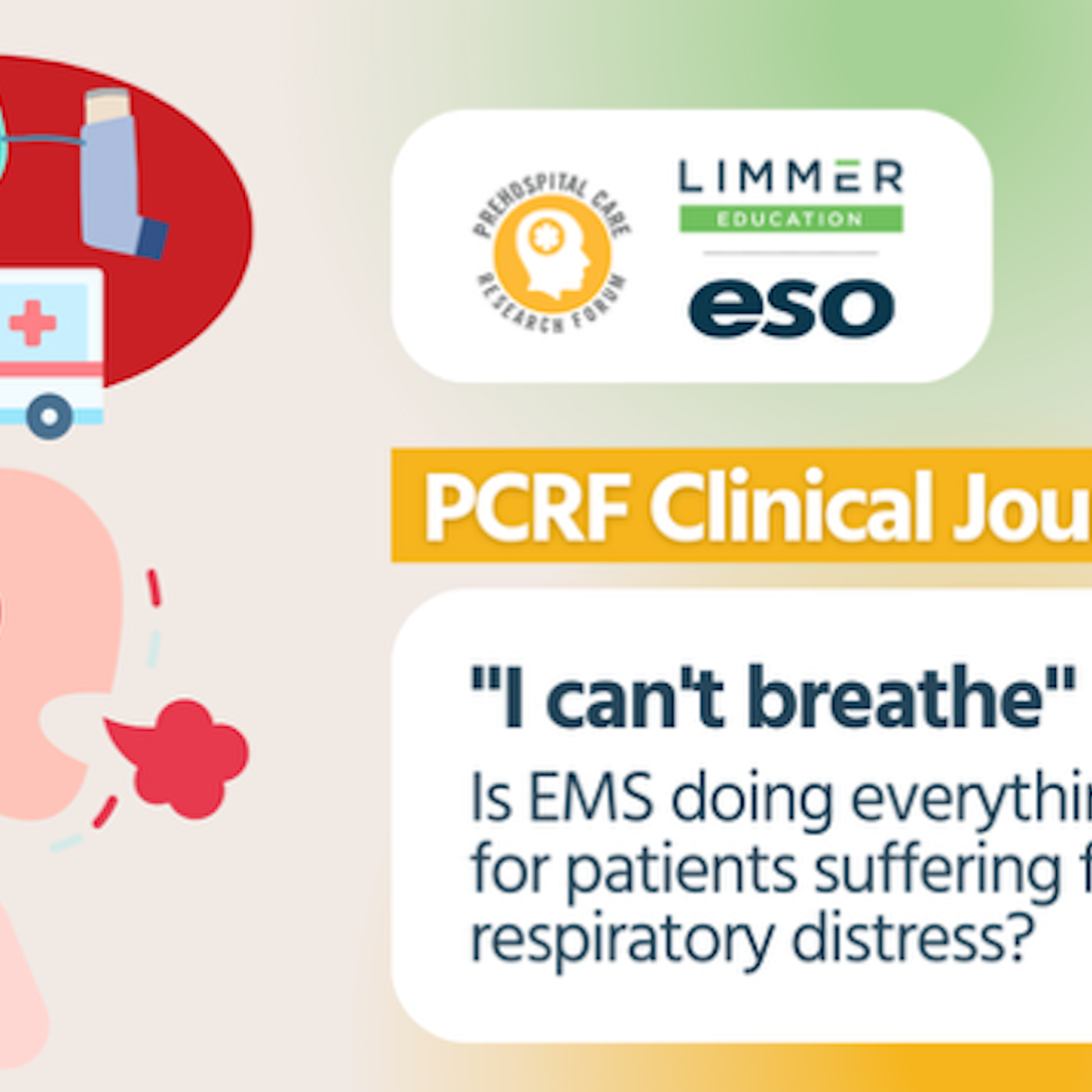
"I can't breathe" is EMS doing everything they can for patients suffering from respiratory distress
EMS providers respond to patients suffering from shortness of breath every day and have a vast array of treatment options in the prehospital setting. However, limited analysis describes the nation's …
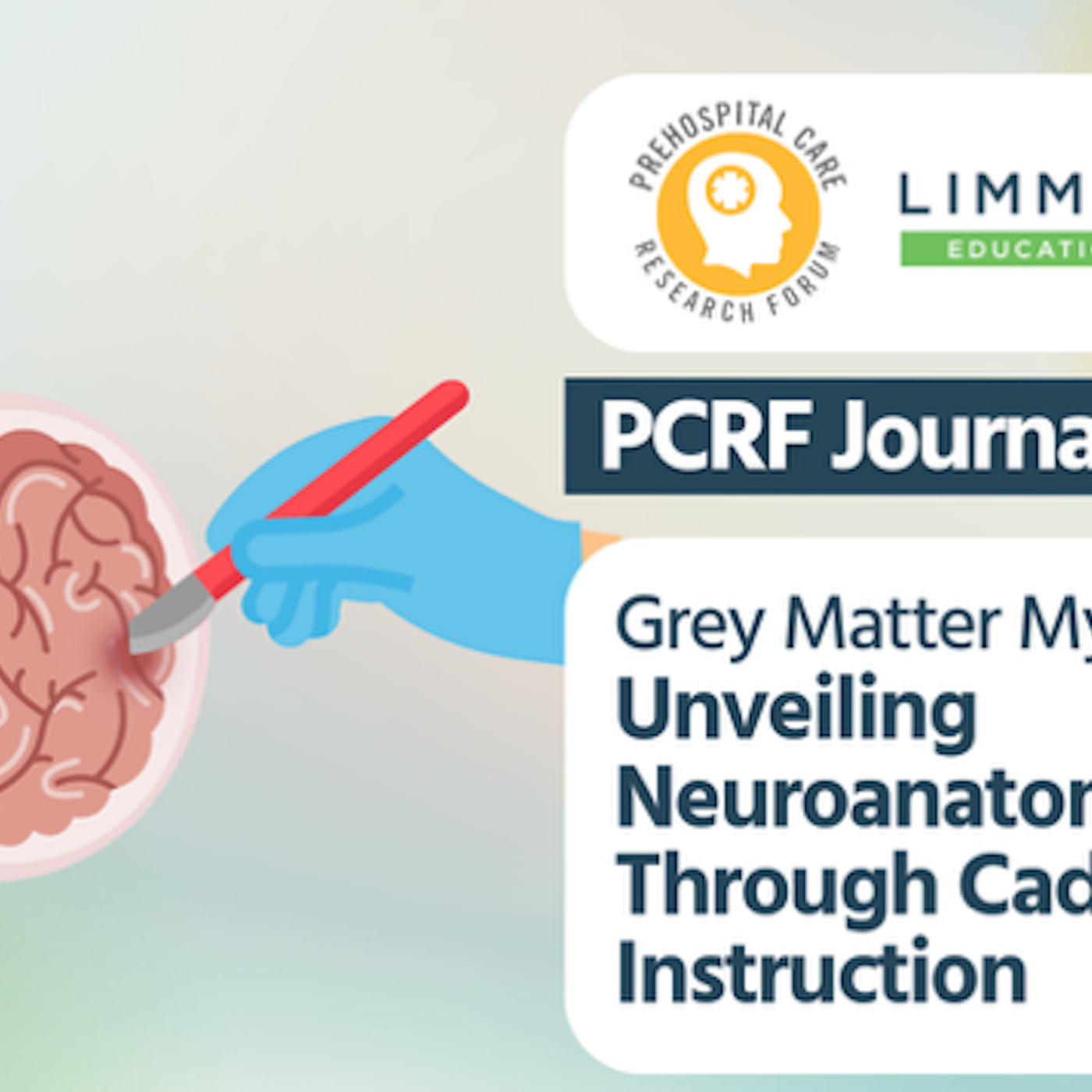
Grey Matter Mysteries: Unveiling Neuroanatomy Through Cadaver Instruction
Cadaver dissection is one of the highest-rated days of paramedic school for those programs lucky enough to have access to a cadaver lab. However, a fun experience does not always equate to student le…
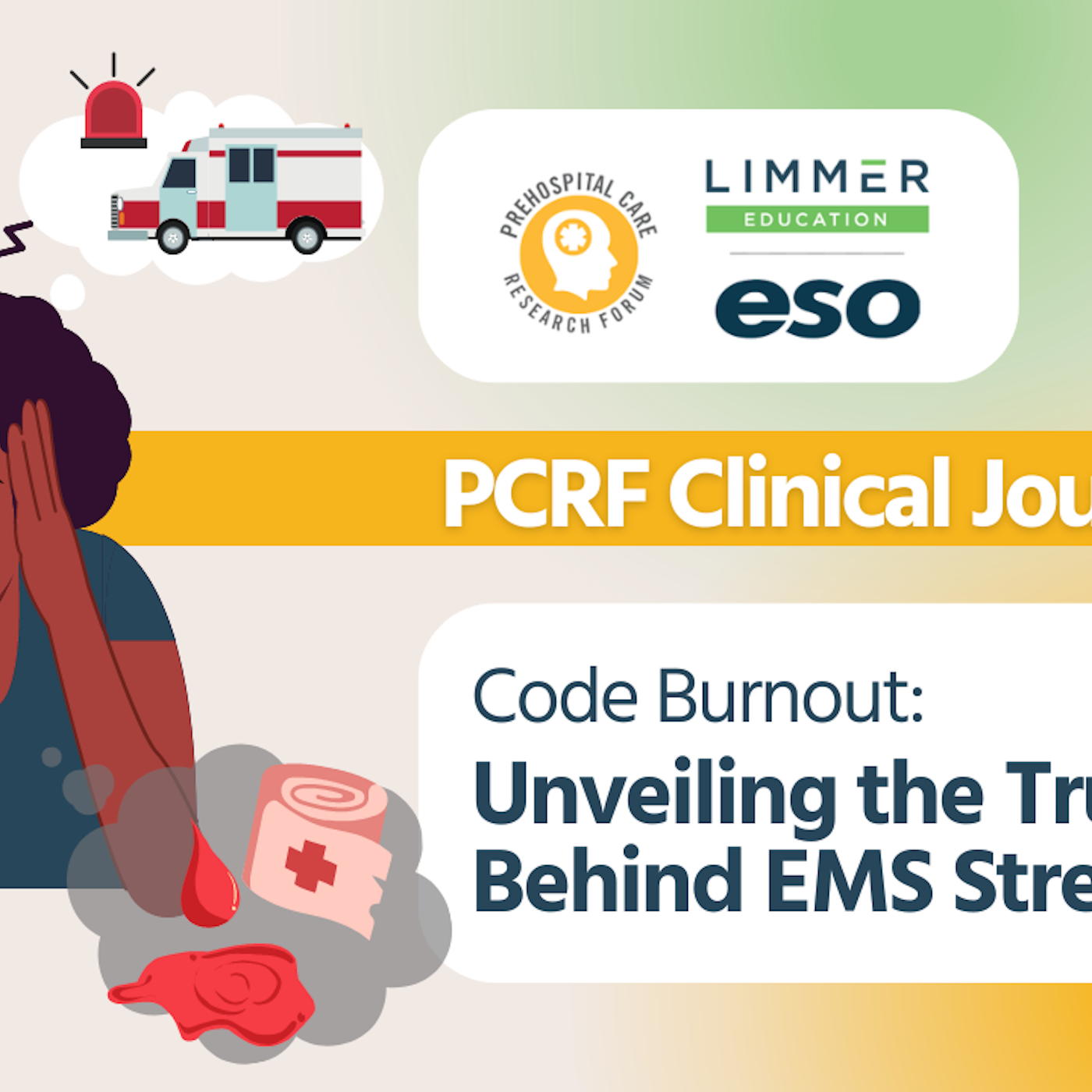
Assessing Burnout Rates and Contributing Factors in Emergency Medical Service Clinicians
EMS providers are routinely involved in high-stress situations with limited follow-up or healthy coping mechanisms. These experiences can trigger stress responses and burnout in our first-responder c…
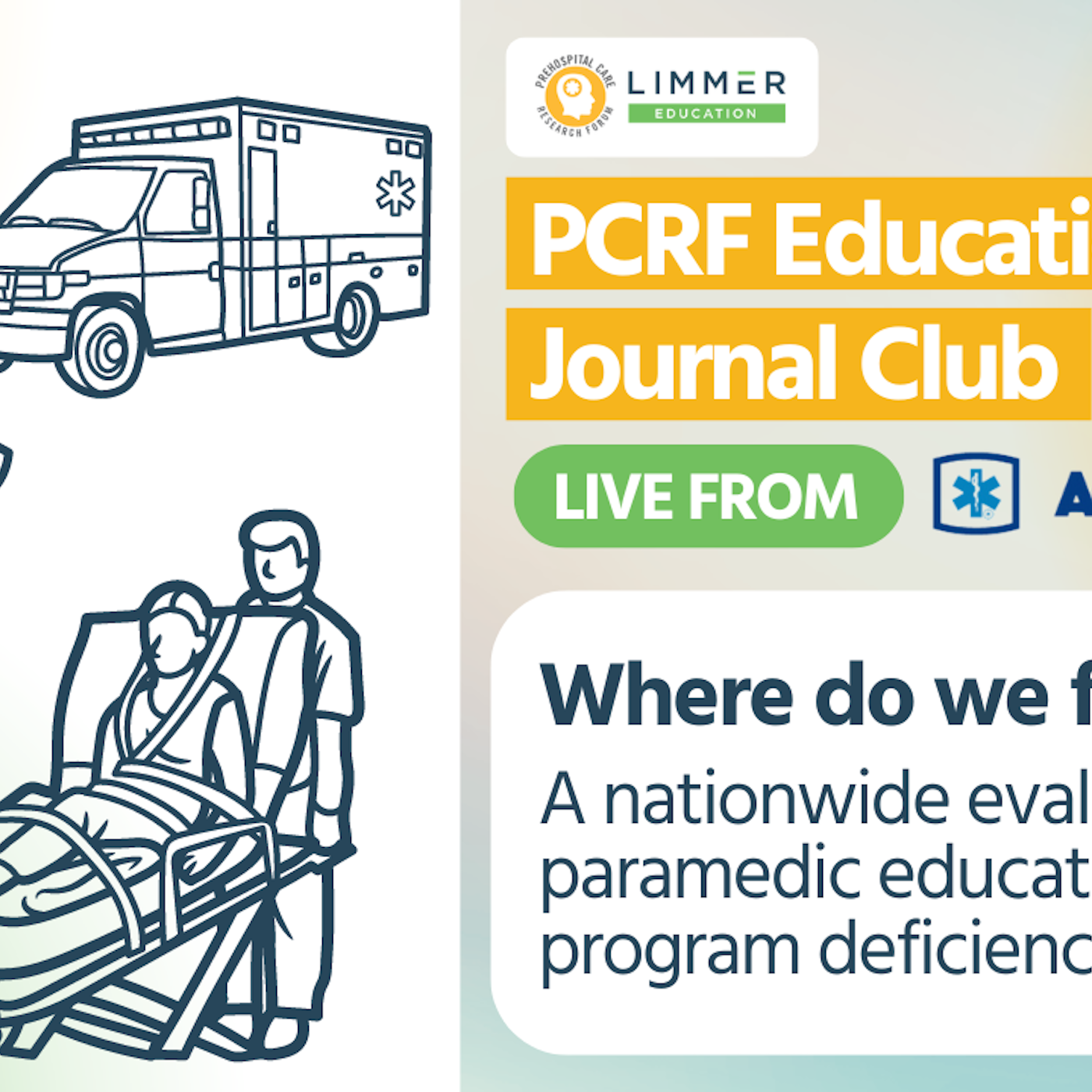
Where do we fall short? A nationwide evaluation of paramedic education program deficiencies (May 24)
Live from Accreditcon ! If you have seen one paramedic education program, you have seen one paramedic education program. As educators, we have all heard this mantra when describing the diversity in t…

Saving Seconds Saving Lives: The Impact of Law Enforcement in Out-of-Hospital Cardiac Arrests (May 2024)
Law enforcement is often the first responder on scene in out of hospital cardiac arrest. The ability for police to provide high quality CPR and early defibrillation can have a substantial impact on p…
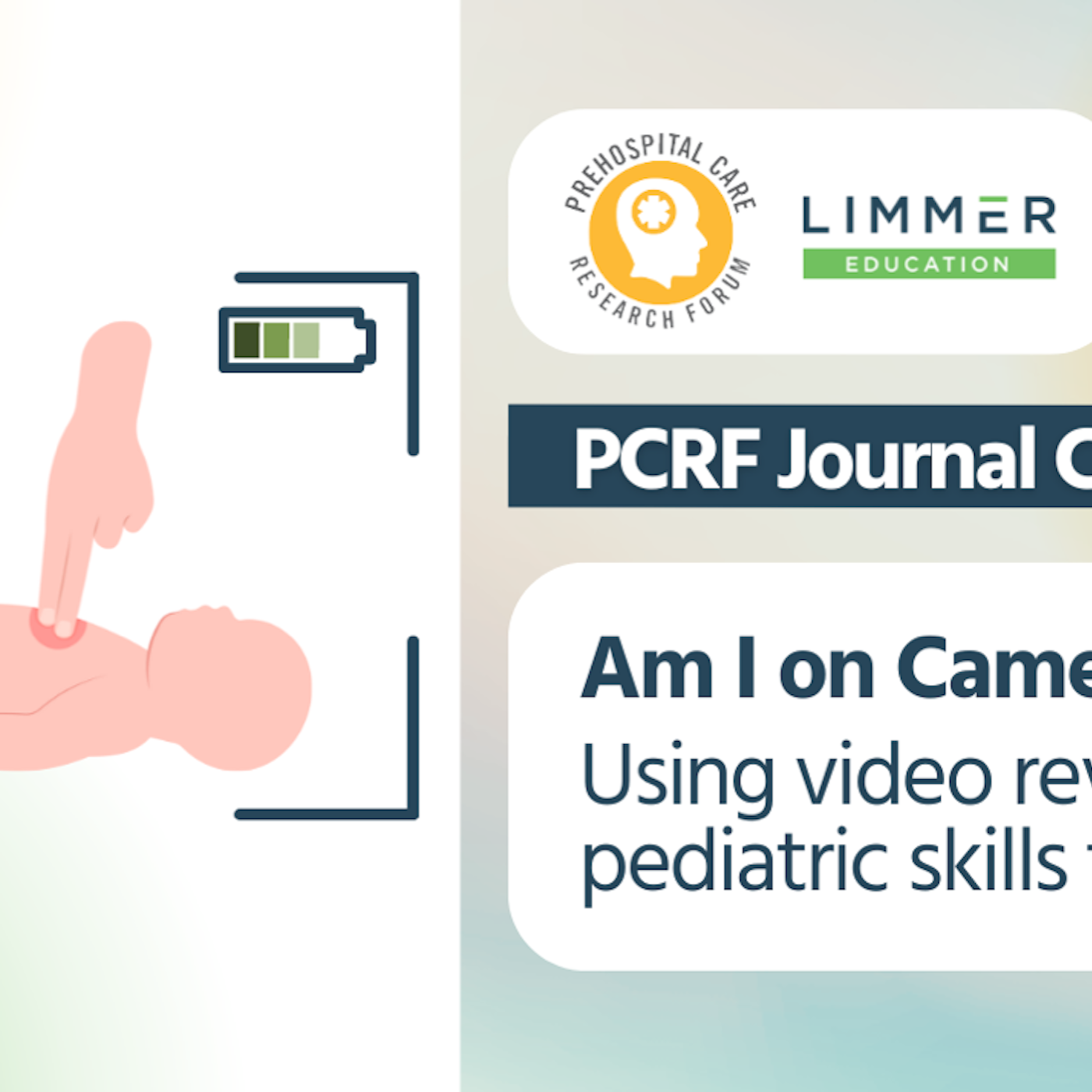
Am I on Camera? Using Video Review in Pediatric Skills Training
Maintaining skills in pediatric prehospital care is critical since pediatric patient encounters can be high acuity/low frequency. Evidence shows that procedural skills competency decays in as little …
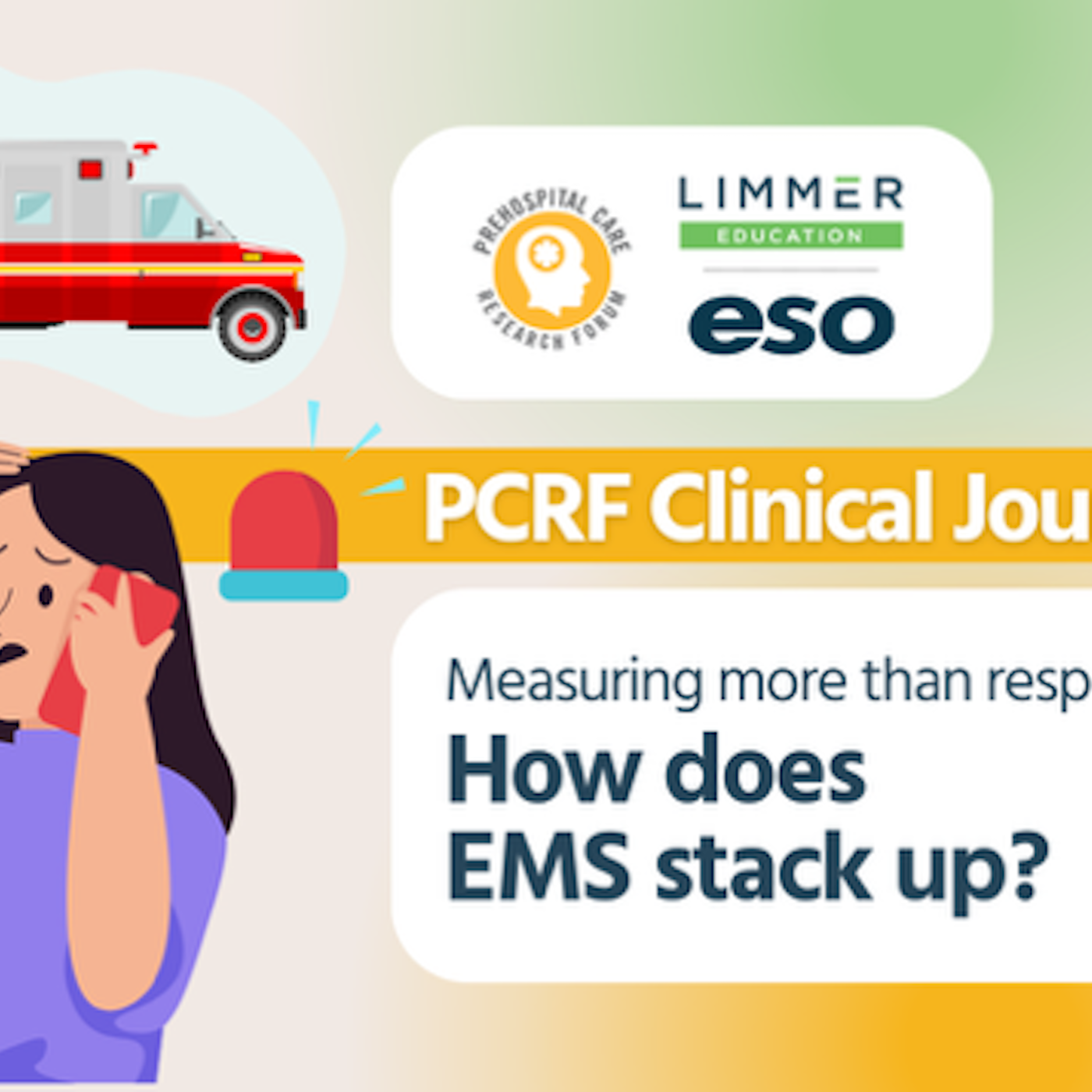
Measuring more than response times: How does EMS stack up? April 2024
Did you get out the door in less than 90 seconds? Whether it brings pride or nightmares, this is the most common quality improvement question asked. However, there are other national quality benchmar…
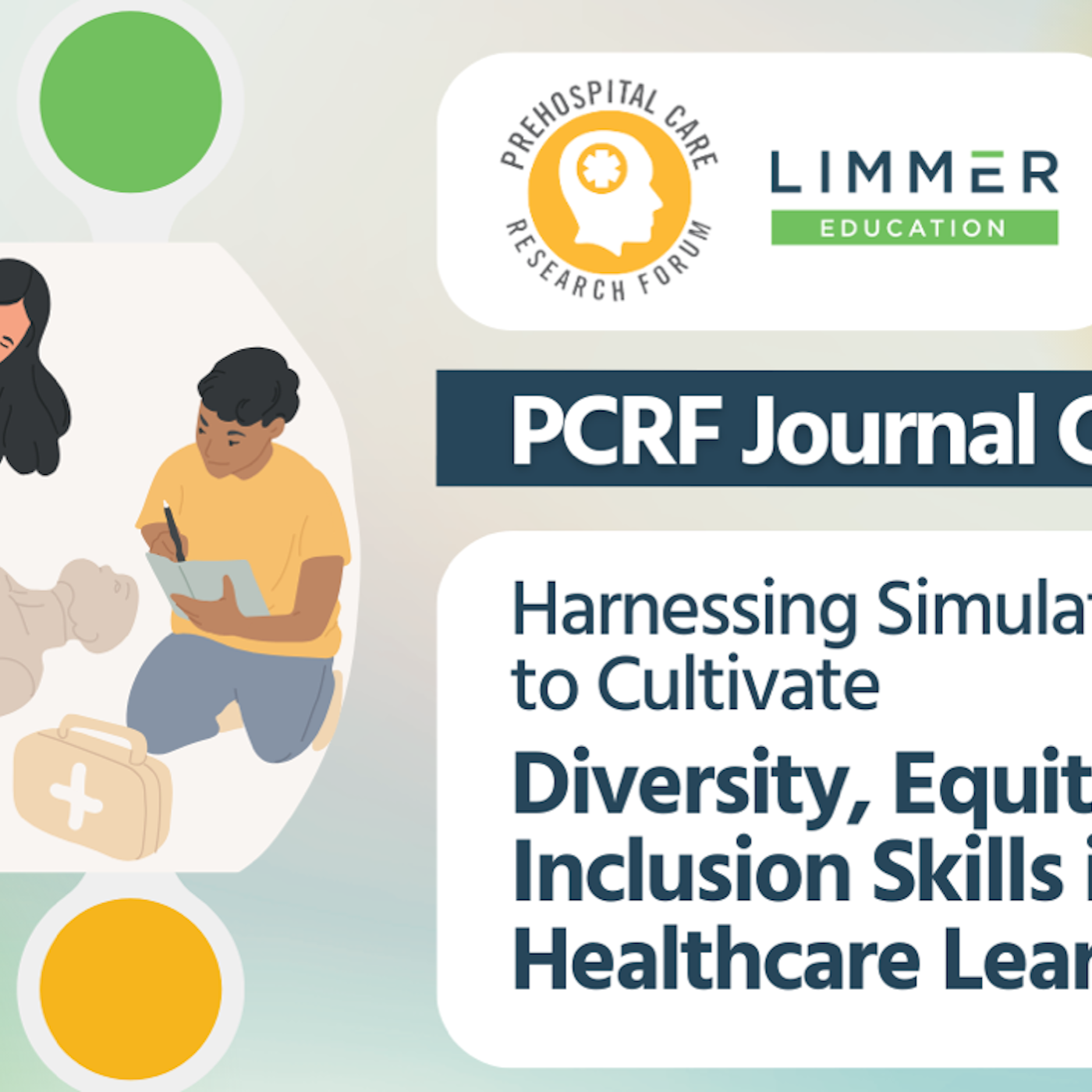
Harnessing Simulation to Cultivate Diversity, Equity, and Inclusion Skills in Healthcare Learners
Communication, advocacy, and even history-taking are all behaviors engrained in the EMS provider. In fact, we can all think of an educator, preceptor, or partner who helped teach and role-model these…
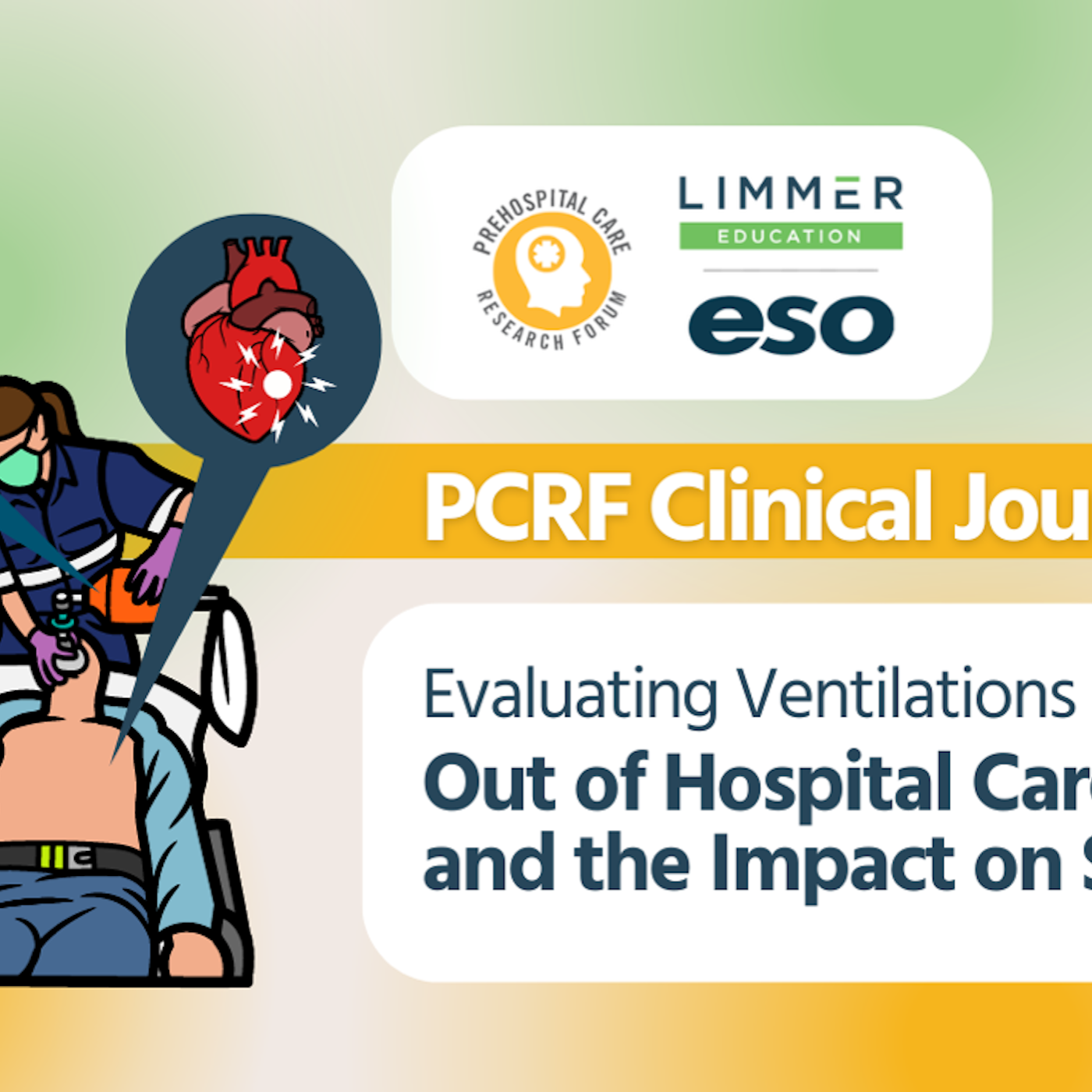
Evaluating Ventilations in Out of Hospital Cardiac Arrest and the impact on Survival
Survival from out of hospital cardiac arrest continues to be a benchmark for EMS Agencies across the globe. Focuses on chest compression quality and early defibrillation have led to substantial impro…
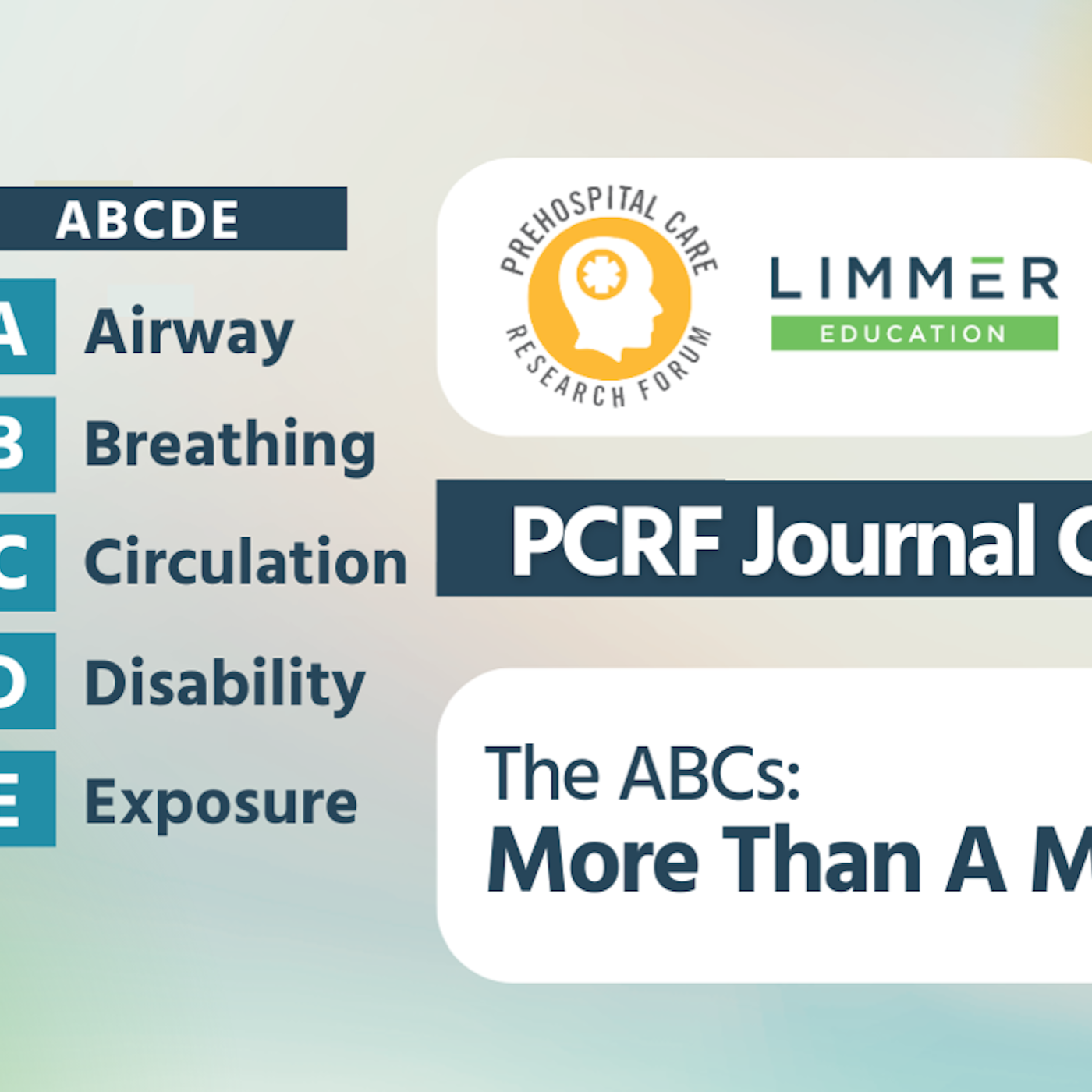
The ABCs: More than a mnemonic (Feb 2024)
Checklists have become a part of every EMS provider's day. We use them to check in our ambulances, ensure we have all our equipment, and help us prepare for low-frequency skills. However, can a check…
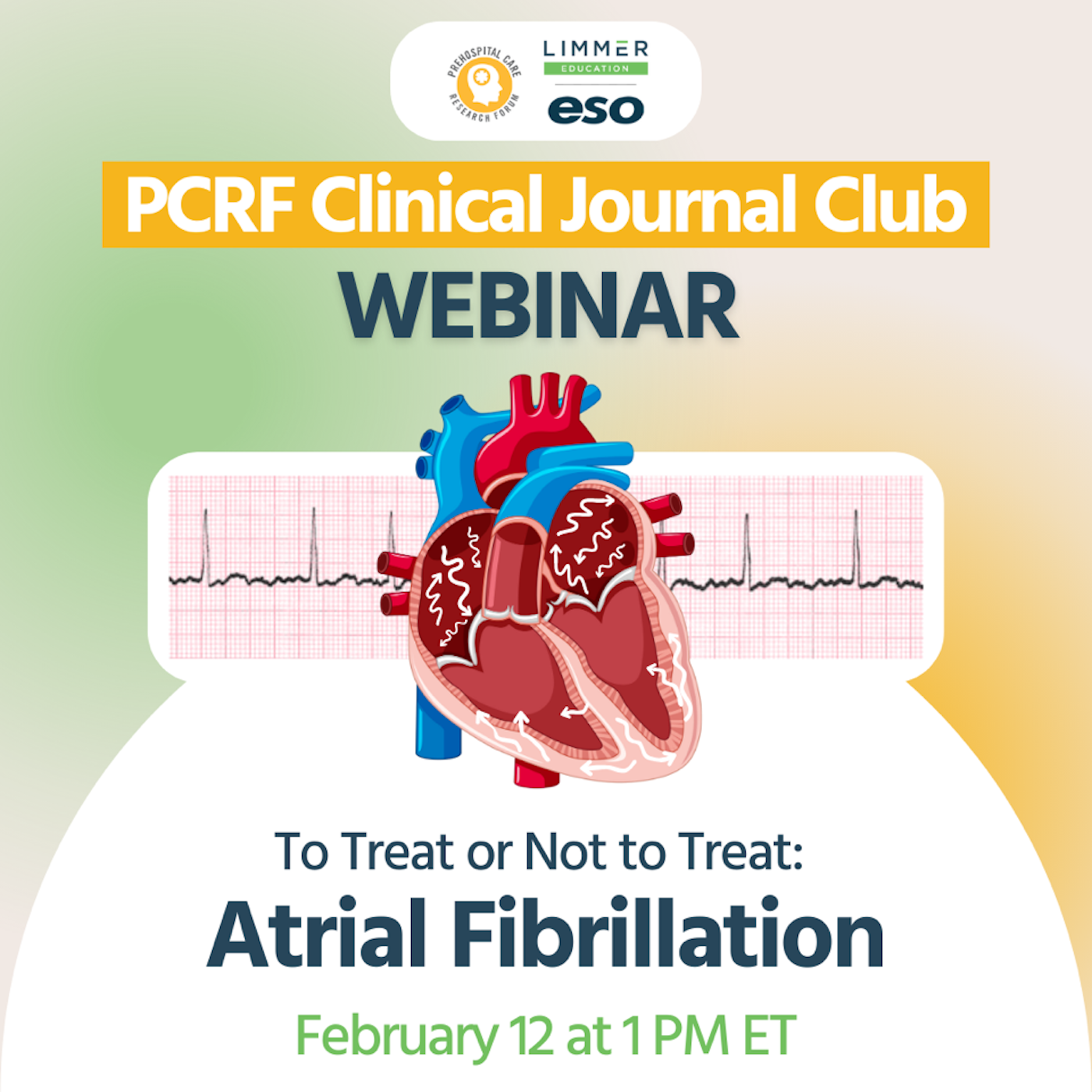
To Treat or Not to Treat: Atrial Fibrillation (Feb 2024)
While most cardiac dysrhythmias fit nicely into a treatment algorithm, atrial fibrillation stands out as lacking clear-cut treatment guidelines. Concerns over patient outcome, risk of potential strok…
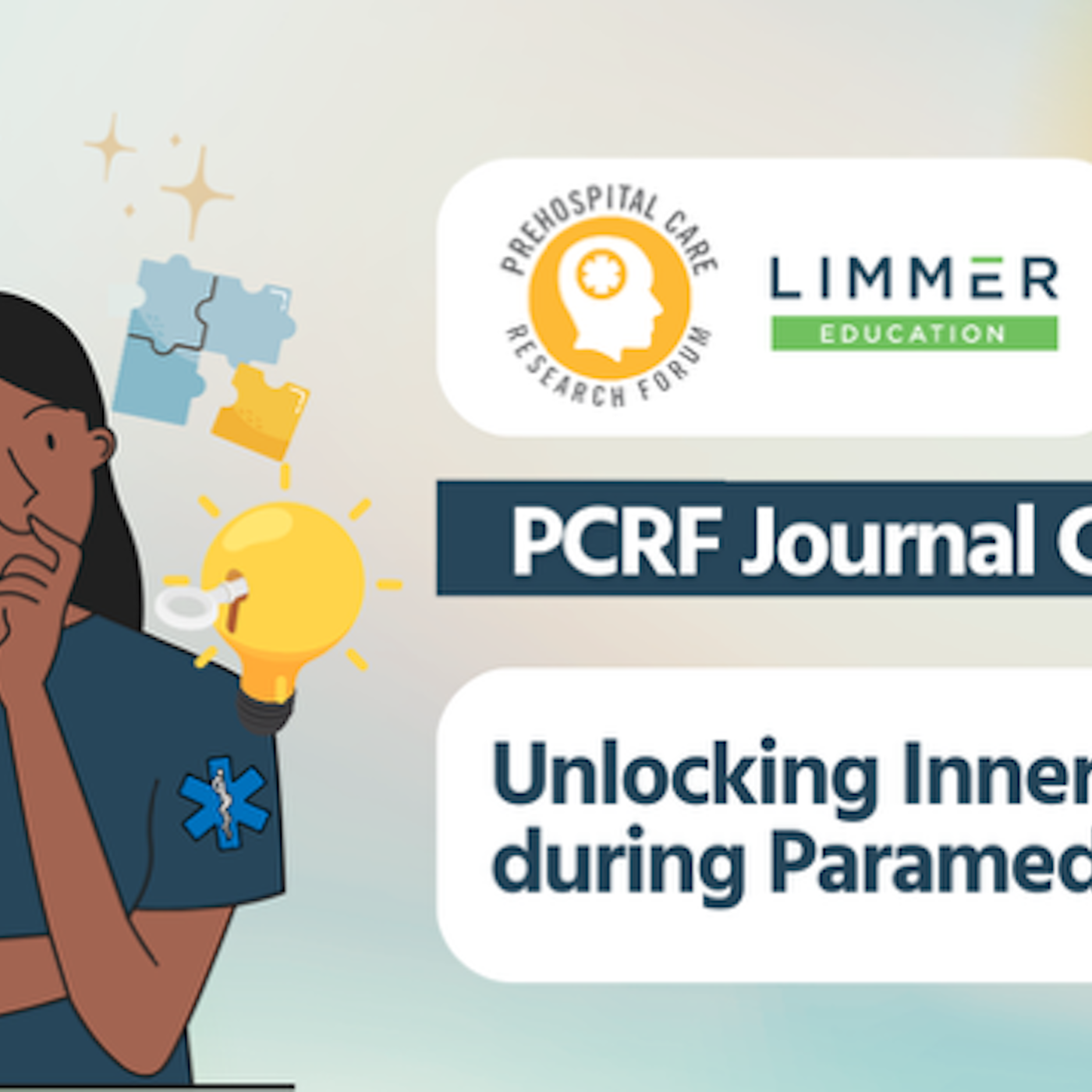
Unlocking Inner Peace During Paramedic School (Jan 24)
Mental health has long been a focus of the overall well-being of the EMS provider. However, should training in stress management start sooner, perhaps during initial education? Can meditation help im…
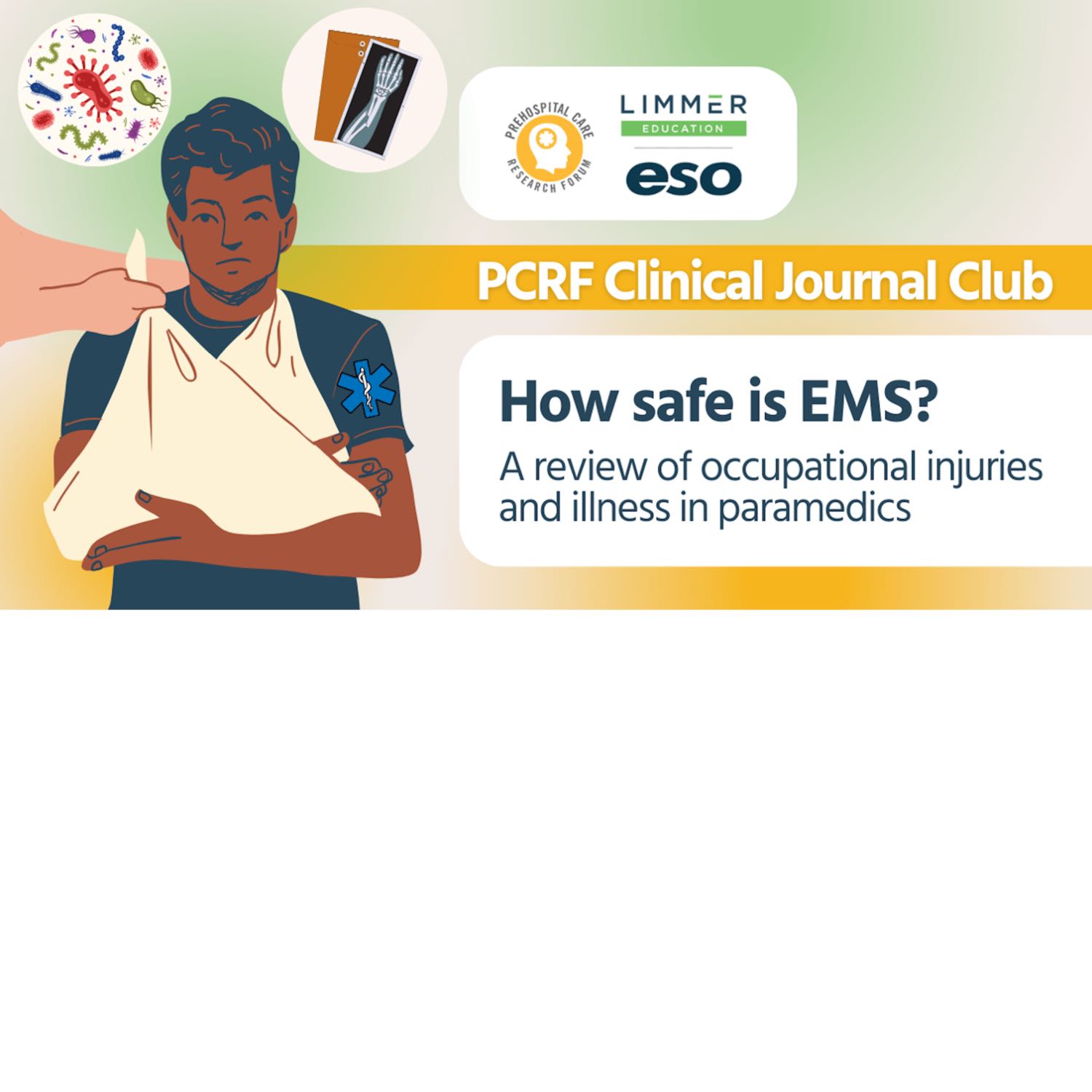
How safe is EMS: A review of occupational injuries and illness in paramedics
The inherent risk of injury and illness comes with most jobs, more so in the first responder community. Working on the front lines during disasters, roadway collisions, and violent encounters, parame…
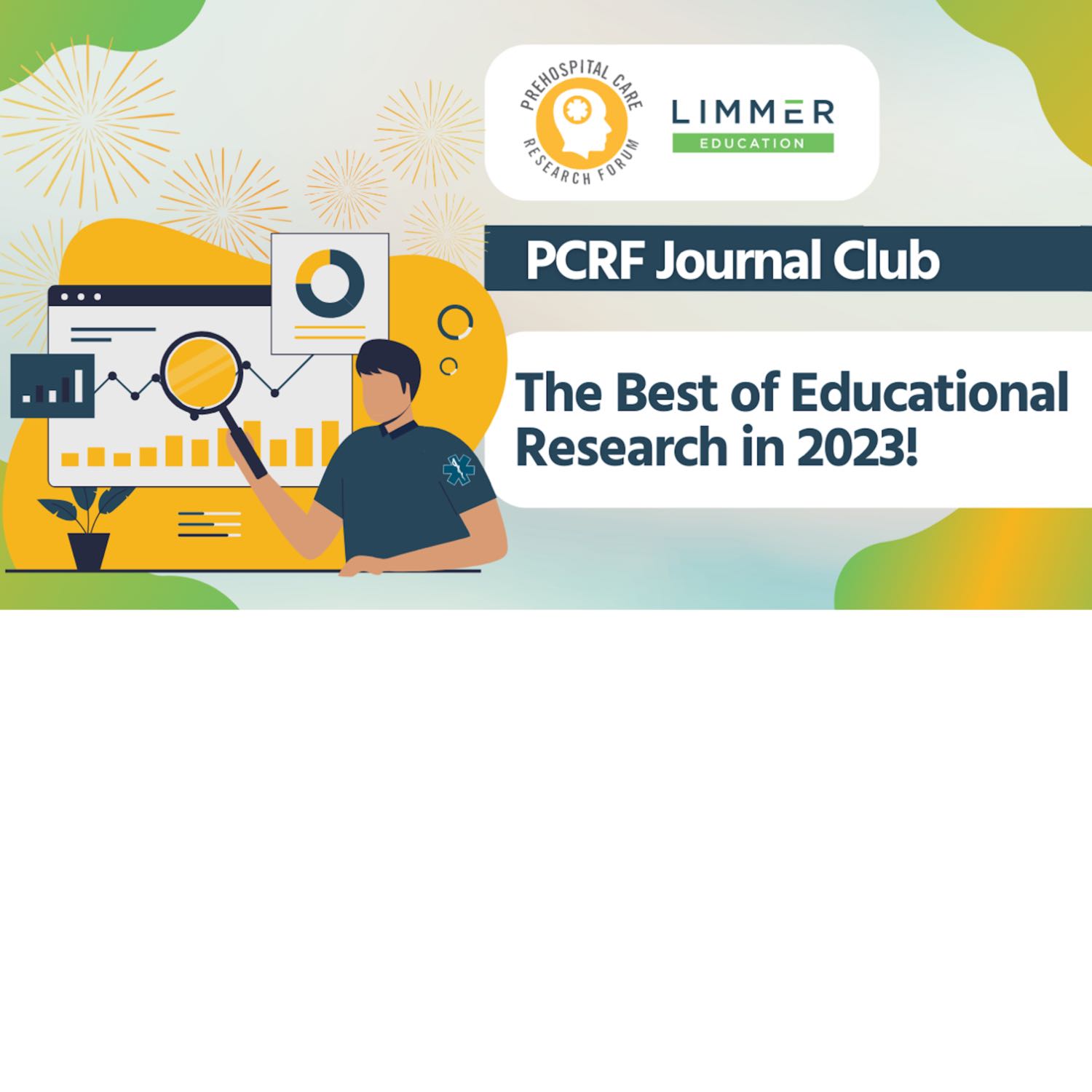
The Best of Educational Research in 2023! (Dec 2023)
Join us for this end-of-year special edition of the PCRF Education Research Journal Club when each of our panelists will share a favorite article from the educational literature in 2023.
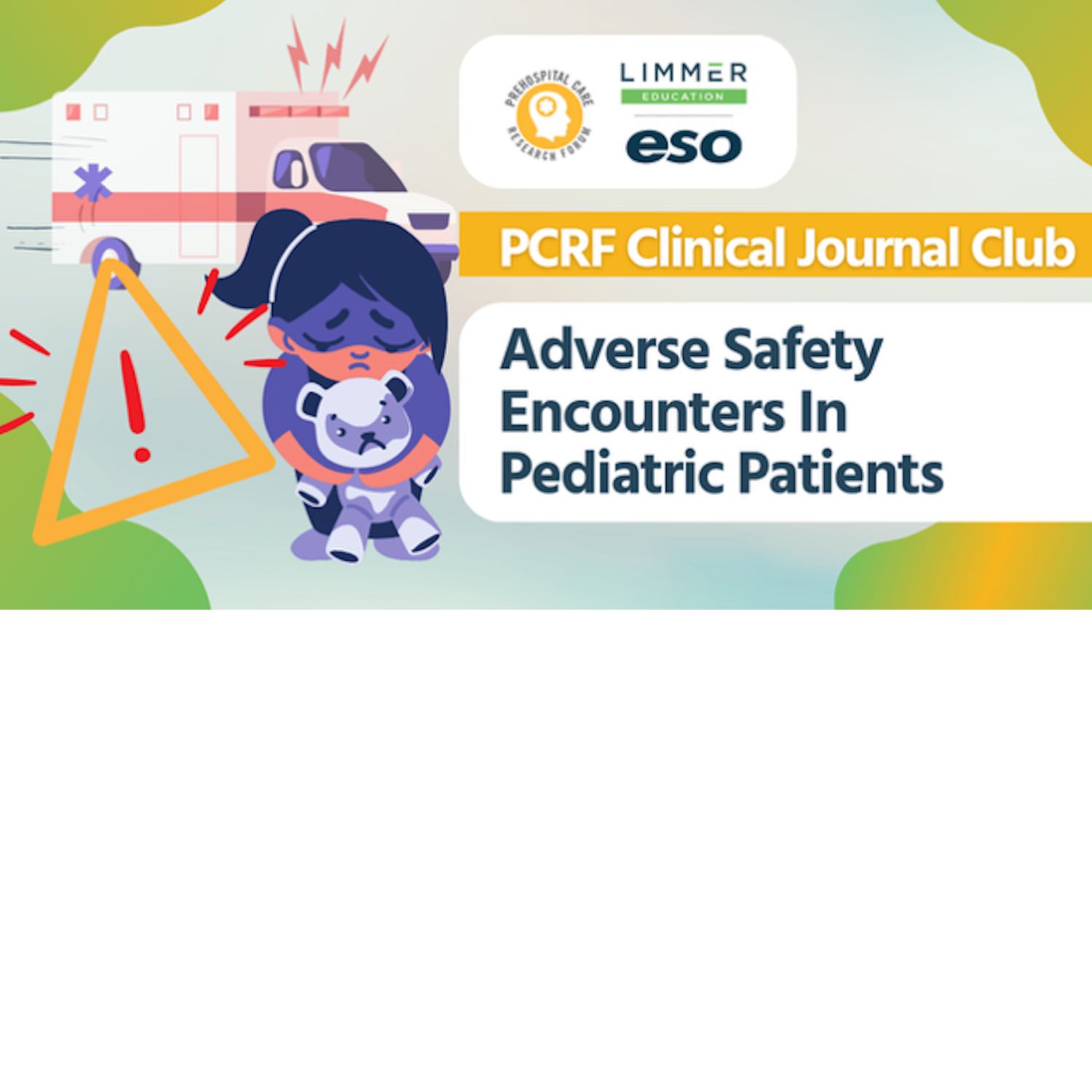
Adverse safety encounters in pediatric patients (Dec 2023)
Most of our pediatric patients cared for and transported by EMS have low acuity, which results in very favorable outcomes. Despite this, EMS providers still experience adverse safety encounters while…

Do we agree? Self-directed intubation skill ratings by students and instructors
Can students in self-directed endotracheal intubation training accurately and reliably self-evaluate their abilities? This paper used an algorithm-driven hybrid simulation learning method to assess c…
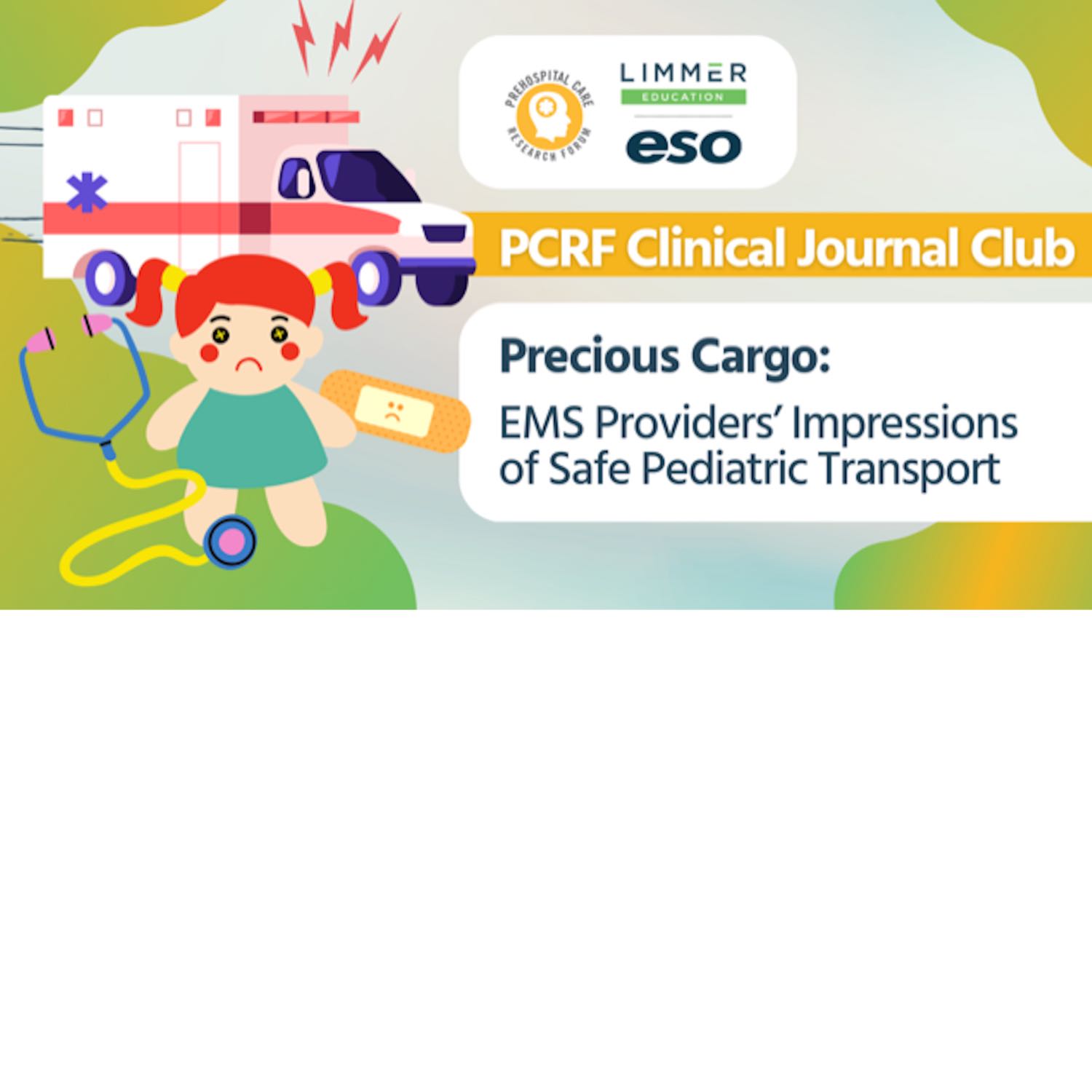
Precious Cargo: EMS Providers’ Impressions of Safe Pediatric Transport (Nov 2023)
In 2012, The National Highway Traffic Safety Administration issued guidelines on the safe transport of pediatric patients to lessen the chance of injury during ambulance transport. However, many EMS …